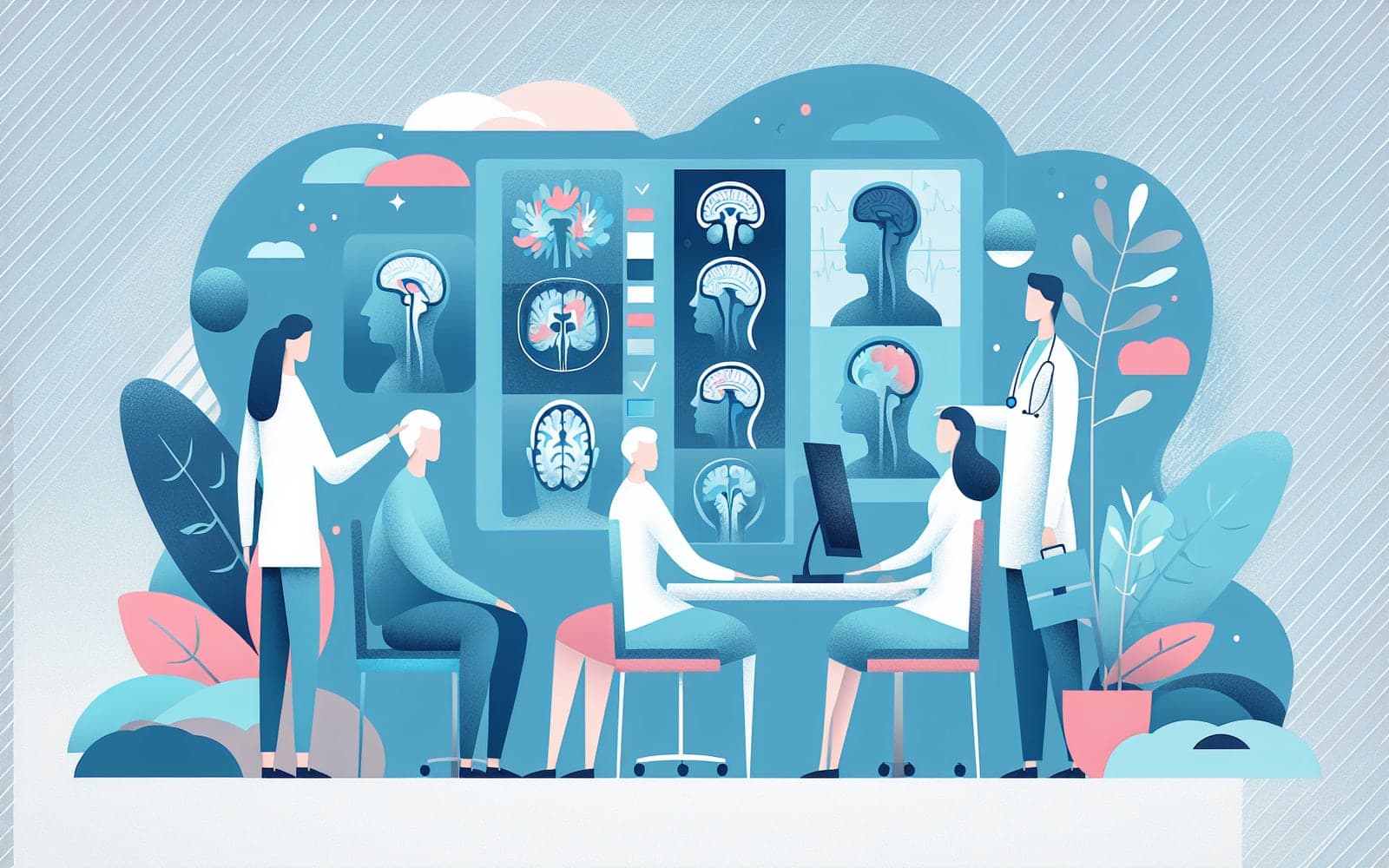Diagnostic Tests for Frontotemporal Dementia: What to Expect
Published: Feb 24, 2024
Learn about the tests and evaluations that help diagnose frontotemporal dementia (FTD).
Contents
Clinical Assessment
Diagnosing FTD primarily involves a thorough clinical assessment. Doctors evaluate behavior, language, and cognitive function to identify symptoms specific to FTD. Family interviews are crucial since patients may lack insight into their own behavioral changes.
Neuroimaging Techniques
Neuroimaging, such as MRI or CT scans, can reveal atrophy in the frontal and temporal lobes, supporting an FTD diagnosis. Advanced techniques like PET scans detect hypometabolism, providing further evidence of FTD-related changes.

Neuropsychological Testing
Neuropsychological tests assess various cognitive domains, helping to distinguish FTD from other conditions like Alzheimer's. These tests evaluate executive function, memory, and language skills, offering insight into the specific type of FTD.
Frequently Asked Questions
MRI can show brain atrophy, supporting an FTD diagnosis.
They provide insight into behavioral changes unnoticed by patients.
They help differentiate FTD from other cognitive disorders.
Key Takeaways
Accurate diagnosis of FTD relies on a combination of clinical evaluation and advanced testing.
Try it out: Discuss FTD testing options with Doctronic for a comprehensive evaluation.Related Articles
References
Rascovsky K, Hodges JR, Knopman D, et al. Sensitivity of revised diagnostic criteria for the behavioural variant of frontotemporal dementia. Brain 2011; 134:2456.
Always discuss health information with your healthcare provider.

